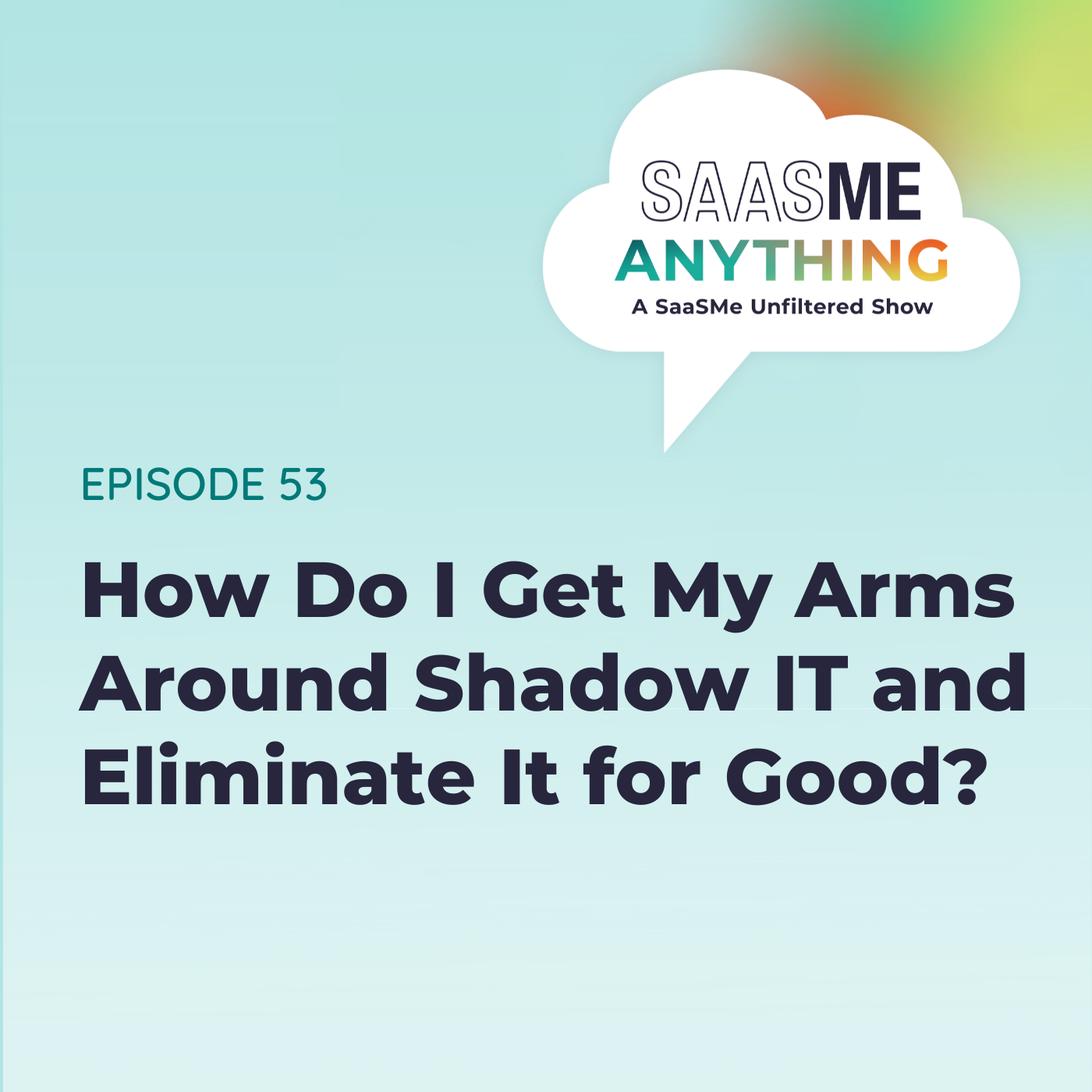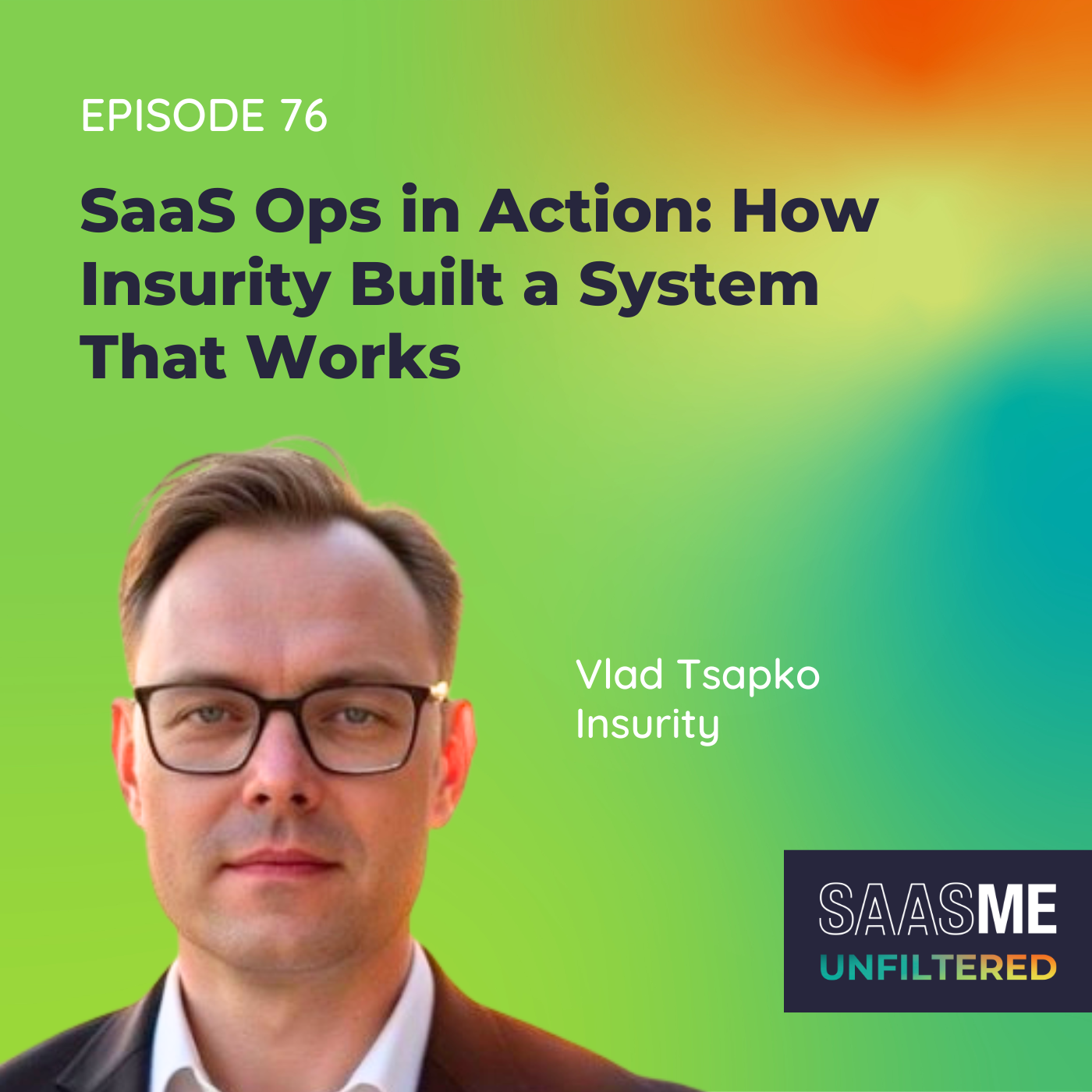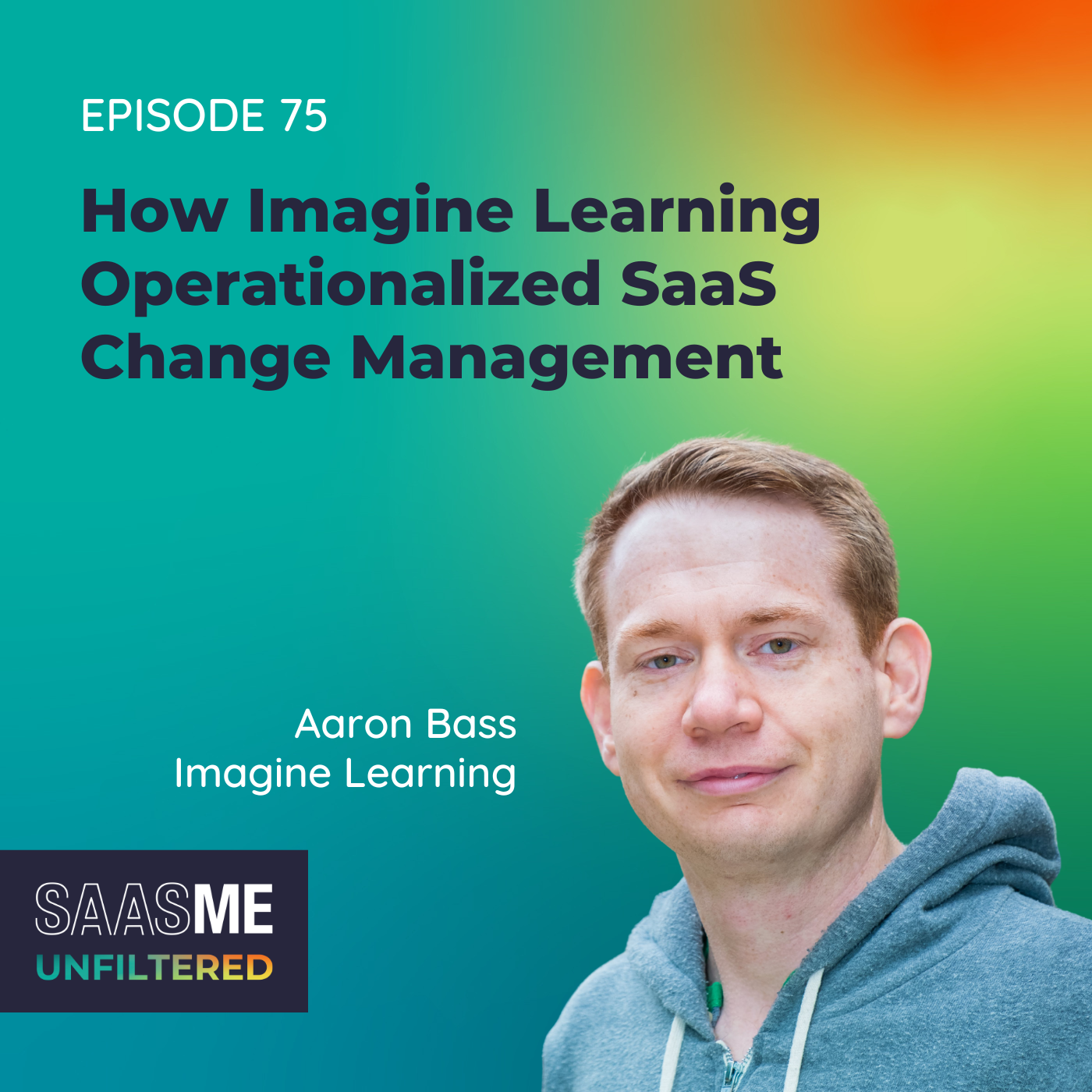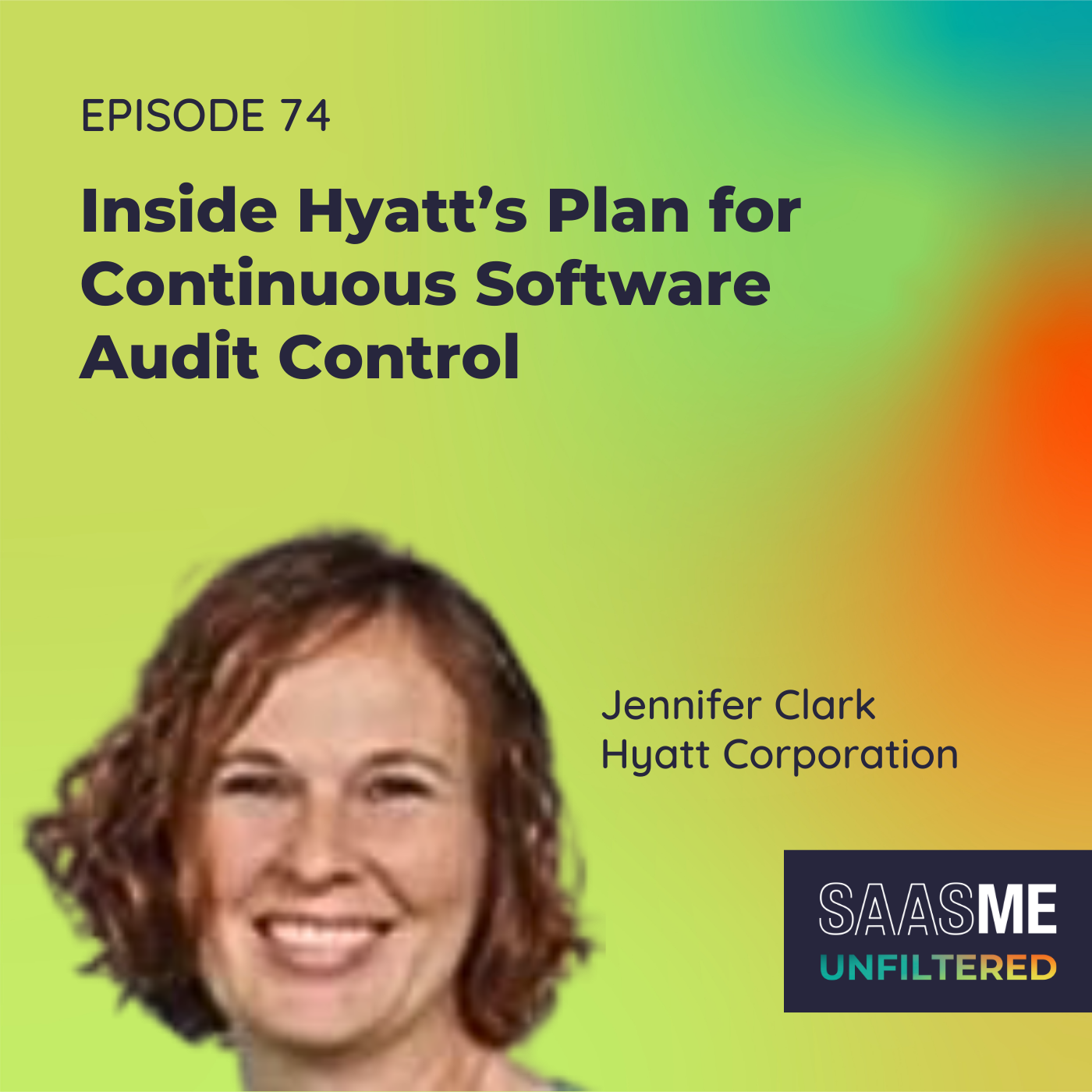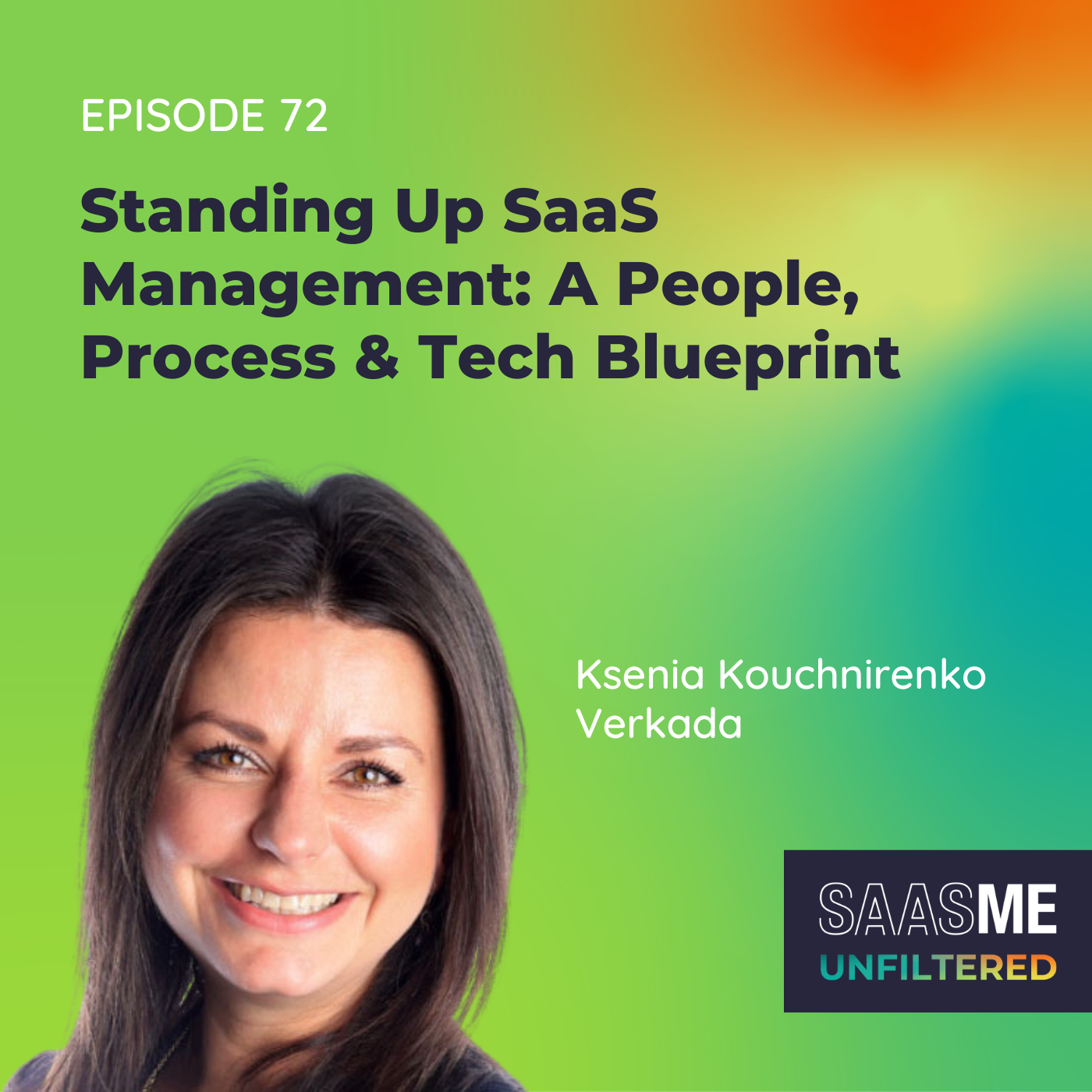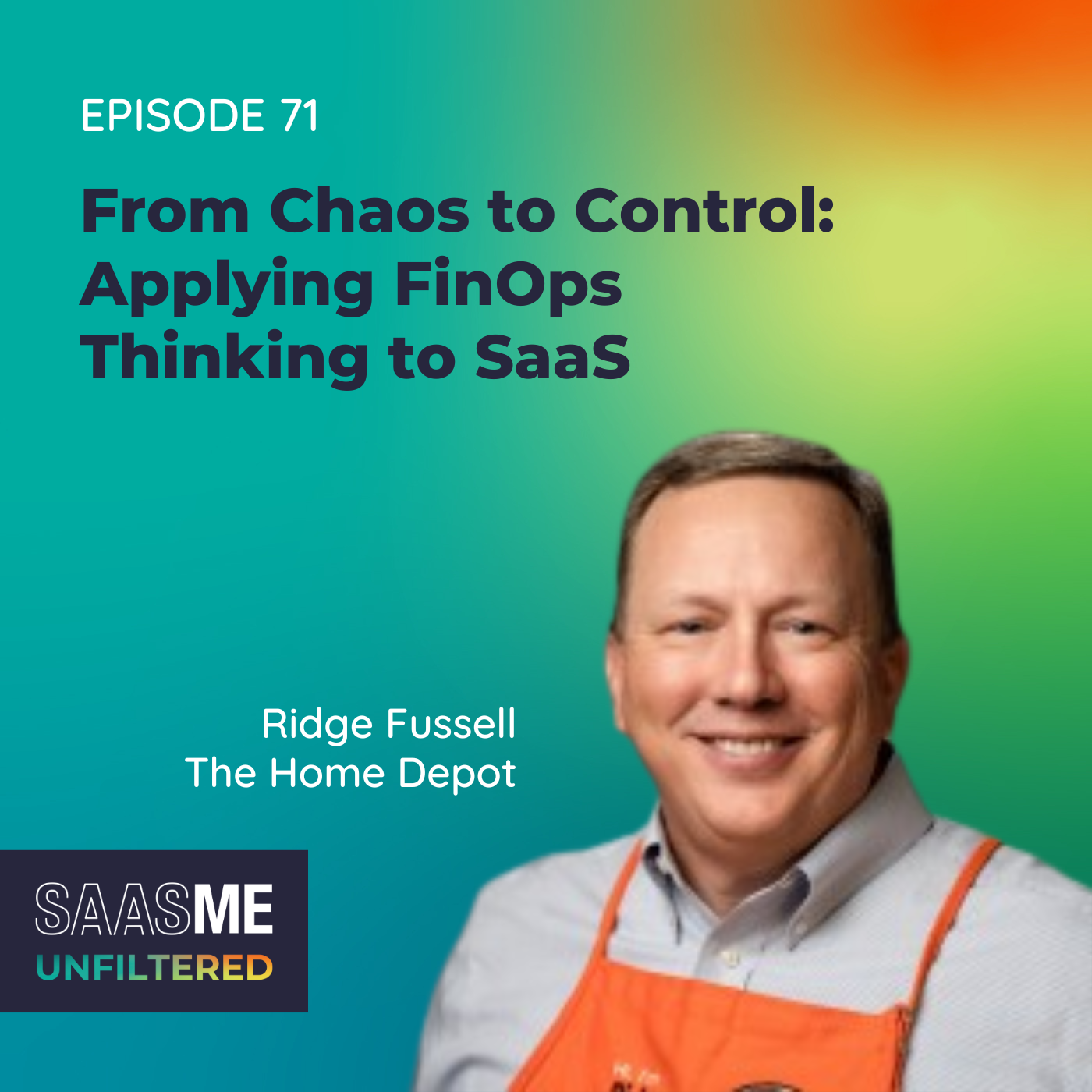How Do I Get My Arms Around Shadow IT and Eliminate It for Good?
- 0.5
- 1
- 1.25
- 1.5
- 1.75
- 2
Ben Pippenger: I think we can agree that we're all spending too much money on software. Even Gartner is predicting that companies will overspend 25% on SaaS over the next few years. So it's no surprise that rationalization is at the top of mind for a lot of IT and software asset management leaders this year. It's a direct impact on lowering your SaaS costs.
Ben Pippenger: There are three areas companies typically focus on when it comes to rationalization, employee- led purchasing, also known as shadow IT, duplicative contracts, and redundant applications. So the question we're going to tackle today is, how do I get my arms around shadow IT?
Ben Pippenger: Before we dig in, let's first define shadow IT, because I think it means different things to different people. Some leaders embrace it. Some despise it. Some don't even call it shadow IT. But for the purposes of today, we're talking about SaaS applications that are purchased by employees outside of your purchasing policy.
Ben Pippenger: So let's talk about how you can get your arms around shadow IT. First, get an inventory of all of your SaaS applications using your spend data. The discovery mechanism of your SaaS management platform is really important here. Financial discovery using integrations with your financial systems is the best way to get to this information.
Ben Pippenger: A quick note, SaaS is notorious for hiding expense reports under ambiguously named line items or being miscategorized. In fact, Zylo data shows that as much as 51% of software expenses are miscategorized. We found SaaS expenses under things like entertainment, meals, and office supplies. To cut back on shadow IT, you must have this complete visibility.
Ben Pippenger: Second thing to do here is uncover the spend source for each application and filter down to the apps that are expensed by your employees. Look at how many apps are expensed, look at how many times each app has been expensed by different employees, and overall, look at how much money is being spent and by who. Once you have this data, you can do a cost analysis of rationalizing these applications. Present the numbers to your leadership team, showing the impact of your financial objectives. For instance, if you have a goal to reduce operational expenses by 10%, show how much money you can save toward that.
Ben Pippenger: After you have buy- in, you'll want to create and put governance in place. Create policies for how the business can acquire and request new tools and put procedures in place to enforce these policies. If you've listened to past episodes, you'll know I love to preach the freedom within a framework approach to governance, where you get the right controls in place without siphoning employees' ability to get the tools they need and to innovate. This is a great model to address shadow IT.
Ben Pippenger: For instance, depending on your organization and culture, you may want to put a expense policy in place that sets a dollar threshold for what software purchases may be expensed or even goes as far as setting just a hard no expense policy.
Ben Pippenger: In the enterprise space, I see more of number two happening. Companies like ABBYY and Adobe have seen incredible reductions in cost and sprawl by doing this.
Ben Pippenger: Another lever is to standardize your software catalog. It will help employees understand what software is available and enable them to request new tools if they're not there.
Ben Pippenger: All right. Next thing you can do here is to start to take some action in eliminating those shadow IT applications. Identify which apps you already have an enterprise agreement for and look to see if licenses are available and migrate the user or users under that contract. Before canceling the other subscription, understand the terms and when you're able to pull the plug.
Ben Pippenger: If you don't have an enterprise agreement, notify end users that they purchased outside of policy and request that they cancel those subscriptions. Then direct them to your application catalog to select an already approved tool and provide direction to your processes that you use to request new tools if they can't find what they need.
Ben Pippenger: At this point, you've done all this hard work, the last thing you want to do is for shadow IT to creep back into your environment. So make sure you have proper monitoring in place so you're alerted when a new app or payment comes in that is against your expense policy. Then you could take a quick action, whether asking to cancel a subscription or potentially not reimbursing the employee for future expenses.
Ben Pippenger: All right. To wrap this all up, reducing shadow IT is a key lever to helping you reduce your overall SaaS costs. Four things to make sure you do. Number one, get full visibility into all of your SaaS apps and spend. Number two, do a thorough cost analysis of the impact to your business. Number three, cancel subscriptions for identified applications or move users to your enterprise agreement. And lastly, make sure you implement and enforce governance. So whether you love it or you hate it, figure out what to do with shadow IT and put a strategy in place to manage it for your business.
DESCRIPTION
Shadow IT makes up more than one-third of your software stack. While it is a source of overspending, inefficiency, and security risks, the biggest problem is that you don’t even know what apps you’re dealing with. In this episode, Ben Pippenger explains how enterprises can get a handle on shadow IT and keep it from creeping back into their software environment.
Have a question you’d like answered on SaaSMe Anything? Submit yours here.
Key Takeaways
- [00:07 - 00:28] We're all spending too much on software, Gartner predicts 25% overspend throughout next few years
- [00:26 - 00:44] Three areas of focus for rationalization, today's focus is Shadow IT
- [00:42 - 01:03] What is Shadow IT?
- [01:21 - 01:47] SaaS notoriously hides expense reports under ambiguous line items that are miscatergorized
- [01:45 - 02:21] Uncover the spend source for each application
- [02:19 - 02:47] After buy-in, put governance in place
- [02:46 - 03:08] Adobe and a dollar threshold filter
- [03:07 - 03:17] Standardize software catalog
- [03:18 - 03:37] Take action to eliminate Shadow IT applications
- [03:36 - 03:55] What to do without enterprise agreements
- [03:55 - 04:18] Don't let Shadow IT creep back in
- [04:18 - 04:52] Reducing Shadow IT reduces overall SaaS cost
SaaSMe Anything is the bi-weekly podcast that brings clarity to the chaos of SaaS, hosted by your resident SaaS expert and Zylo co-founder Ben Pippenger. Connect with Ben on LinkedIn here.

